Home>Interior Design>The Downsides Of Open Shelving – Why This Trend Is Controversial
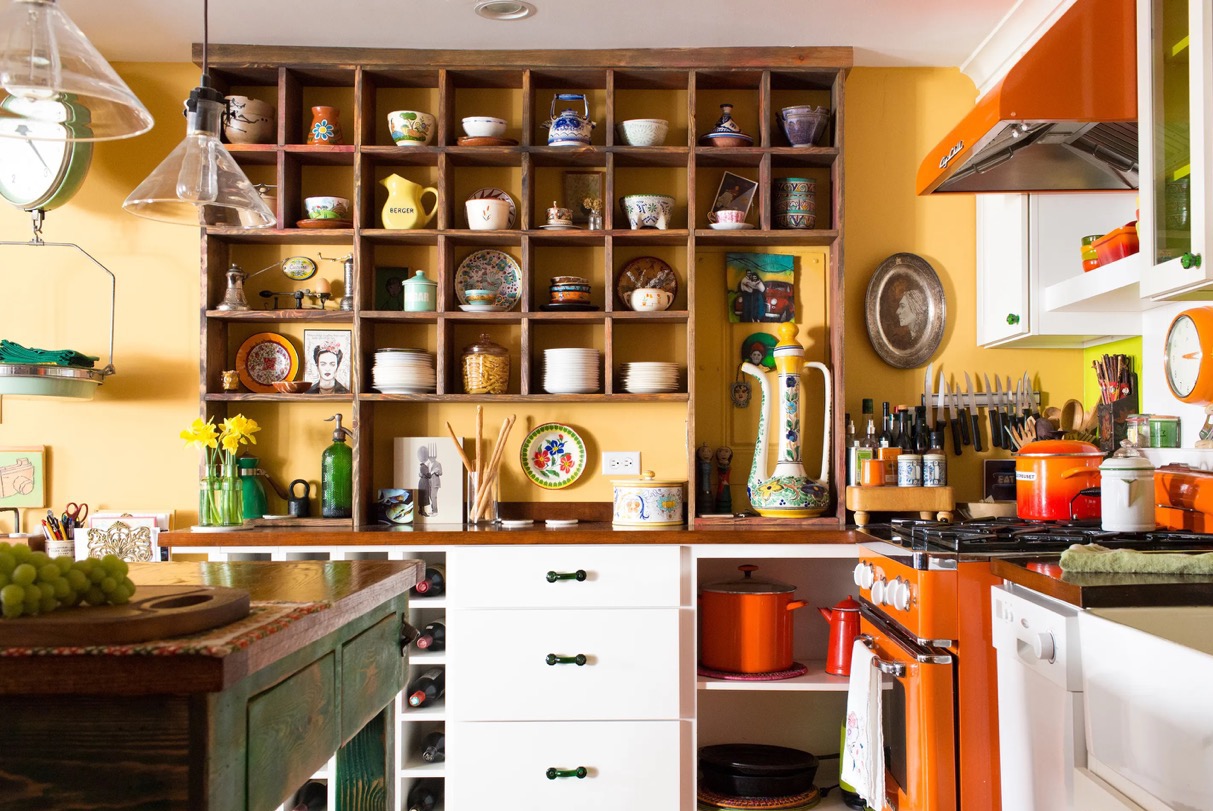

Interior Design
The Downsides Of Open Shelving – Why This Trend Is Controversial
Modified: January 19, 2024
Discover the controversial downsides of open shelving in interior design. Learn why this trendy choice may not be as practical as it seems.
(Many of the links in this article redirect to a specific reviewed product. Your purchase of these products through affiliate links helps to generate commission for Storables.com, at no extra cost. Learn more)
Introduction
The use of open shelving in interior design has gained popularity in recent years. This trend involves removing cabinet doors and opting for exposed shelves, allowing for an open and airy feel in a space. While open shelving has its merits, it is not without its downsides. In this article, we will explore the controversial aspects of open shelving as a design choice.
Open shelving can be visually appealing, showcasing curated collections and providing easy access to frequently used items. However, it is important to consider the potential drawbacks and challenges that come with this design choice. Let’s delve into the various concerns that arise with open shelving, including privacy, cleanliness, organization, visual clutter, risk of damage, maintenance, limited storage capacity, and maintaining aesthetic appeal.
Key Takeaways:
- Open shelving offers an airy aesthetic but lacks privacy and requires regular cleaning. Careful curation and organizational systems can mitigate the downsides, making it a visually appealing design choice.
- While open shelving allows for easy accessibility, it presents challenges such as visual clutter and limited storage capacity. Thoughtful curation and regular maintenance are essential for maintaining its aesthetic appeal.
Read more: Why Are Acdelco Hand Tools So Controversial?
Lack of Privacy
One of the main downsides of open shelving is the lack of privacy it provides. Unlike closed cabinets, open shelves do not offer a concealed storage solution. This means that any items placed on the shelves are on display for everyone to see. While this can be appealing for showcasing decorative objects or stylish dishware, it can also become a challenge when it comes to storing practical items that are not aesthetically pleasing.
In a kitchen, for example, open shelves can expose unsightly kitchenware, such as mismatched plates or bulky cookware. For those who prefer a clean and minimalist look, this lack of privacy can be a turn-off. Additionally, if you have a tendency to accumulate clutter, open shelving can magnify that issue, as there are no doors to hide the mess.
Furthermore, in spaces like bathrooms or bedrooms, open shelving can make personal items, medications, or toiletries visible to guests or visitors. This can be uncomfortable for those who value their privacy and would prefer to keep these items out of sight.
Consideration must also be given to those who have children or pets. Open shelves may not be the best option as they can easily become a tempting target for little hands or curious paws, leading to unwanted accidents or breakages. In households where privacy and safety are essential, closed cabinets provide a more secure storage solution.
Dust and Dirt Accumulation
Another drawback of open shelving is the increased likelihood of dust and dirt accumulation. Without the protection of cabinet doors, open shelves are more prone to collecting dust, especially in areas with poor ventilation or high foot traffic.
The absence of doors also means that items on the shelves are exposed to airborne particles and pollutants. This can result in a constant need for cleaning and dusting to maintain the desired aesthetic appeal. Dusting the shelves and the items placed on them can become a regular chore, especially in spaces like kitchens where cooking residue and grease can add to the accumulation of dirt.
Furthermore, open shelves in areas such as garages or basements may be more susceptible to dirt and debris that can easily settle on exposed items. This can be particularly problematic if you use these shelves to store items that need to be kept clean, such as tools or delicate materials.
To mitigate this issue, frequent cleaning and dusting of the shelves and items placed on them are necessary. This can be time-consuming and may not be suitable for those with a busy lifestyle or who prefer low-maintenance storage solutions.
It is important to note that while closed cabinets may also accumulate dust, they offer a layer of protection that helps minimize the amount of dust that settles on the stored items. This can be particularly advantageous for those who are sensitive to dust or have allergies.
Organizational Challenges
Open shelving can present organizational challenges, especially for those who struggle with maintaining a clutter-free space. Without the structure and defined compartments of closed cabinets, it can be more difficult to keep items organized and neatly arranged.
When everything is on display, it becomes even more important to curate and arrange the items in an aesthetically pleasing manner. This requires careful consideration of colors, shapes, and sizes to maintain a cohesive and visually appealing look. Without proper organization, open shelves can quickly appear chaotic and messy.
Another aspect to consider is the limited flexibility in adjusting shelf heights. Unlike cabinets with adjustable shelves, open shelves often have fixed heights, making it challenging to accommodate items of varying sizes. This can result in wasted vertical space or the need to stack items precariously, increasing the risk of accidents or damage.
In addition, storing small or loose items on open shelves can present difficulties. Without the containment of a closed cabinet, small items like spices, office supplies, or craft materials can easily get lost, misplaced, or topple over, leading to frustration and reduced efficiency when trying to locate them.
To overcome these challenges, it is important to establish an efficient organizational system. This may involve using designated storage boxes or baskets to corral smaller items, utilizing dividers or containers to separate different categories, and regularly reassessing and decluttering the items on display.
Ultimately, maintaining an organized and visually pleasing display on open shelves requires a level of dedication and attention to detail that may not be necessary with closed cabinets.
Visual Clutter
While open shelving can create an airy and open feel, it can also lead to visual clutter in a space. Without the ability to hide items behind cabinet doors, open shelves can quickly become overwhelmed with a mishmash of objects, resulting in a chaotic and disorganized appearance.
Without proper curation and thoughtful arrangement, open shelves can easily become overwhelmed with a mix of items, creating a cluttered and overwhelming visual effect. This can detract from the intended design aesthetic and make a space feel busy and crowded.
For those who prefer a minimalist or clean look, visual clutter can be a significant disadvantage of open shelving. It requires careful editing and organization to ensure that the items displayed are cohesive and contribute to the overall design scheme.
Additionally, an overload of items on open shelves can make it challenging to find and access specific items when needed. The lack of clear organization can lead to frustration and wasted time as one searches through a jumble of objects.
To minimize visual clutter, it is essential to curate the items placed on open shelves carefully. Consider selecting a limited number of objects that complement each other in terms of color, texture, or theme. Use a mix of functional and decorative items to strike a balance between practicality and aesthetics.
Regular decluttering is also crucial to prevent the shelves from becoming overwhelmed with unnecessary items. Be selective about what is displayed, and periodically reassess and remove items that no longer serve a purpose or align with the design vision.
By being mindful of the items selected for display and maintaining a visually balanced arrangement, it is possible to mitigate the risk of visual clutter on open shelves.
When considering open shelving, be mindful of the potential for increased dust accumulation on exposed items. Regular cleaning and maintenance will be necessary to keep the shelves looking tidy.
Read more: How To Organize Open Shelves
Risk of Damage
One of the significant concerns with open shelving is the increased risk of damage to items that are exposed and easily accessible. Without the protective barrier of cabinet doors, stored items are more susceptible to accidental bumps, falls, or spills.
In high-traffic areas or homes with children or pets, the risk of items being knocked off open shelves is higher. This can result in breakage, damage to fragile objects, or even injury if heavy items fall. It is important to consider the stability of the shelves and the weight-bearing capacity when selecting or installing open shelving.
Additionally, open shelves in areas prone to moisture, such as kitchens or bathrooms, can expose items to water damage. Steam, splashes, or leaks can come into contact with items on the shelves, leading to potential deterioration or staining.
In spaces like garages or basements, open shelves can leave stored items vulnerable to dust, debris, and potential damage from pests or rodents. Without the protection of closed cabinets, valuable or delicate items may be at risk of damage or loss.
To mitigate the risk of damage, it is important to consider the location and purpose of open shelving. If the shelving will be exposed to high-traffic areas or vulnerable to potential accidents, it may be wise to reconsider using open shelves and opt for closed cabinets with sturdy doors instead.
If you do choose to incorporate open shelving, make sure to secure the shelves properly to the wall and pay attention to weight limits to prevent accidents. Consider using appropriate storage containers or display solutions to protect fragile items and minimize the risk of damage.
Ultimately, understanding the potential risks and taking precautions can help mitigate the risk of damage to items on open shelves. However, it is important to weigh the aesthetic appeal of open shelving against the potential risk to your belongings.
Maintenance and Cleaning
Open shelving requires regular maintenance and cleaning to keep it looking its best. Unlike closed cabinets that can hide away dust and dirt, open shelves leave items exposed and more prone to collecting debris.
Dust, grease, and cooking residue can accumulate on the shelves and the items placed on them, especially in high-traffic areas like kitchens. Regular dusting and cleaning are necessary to prevent the buildup of dirt and maintain a tidy appearance.
In addition to dusting the shelves themselves, each item displayed on the shelves may need individual attention to keep them clean and in good condition. This can become a time-consuming task, particularly if there are numerous items or intricate details to clean.
Careful consideration should also be given to the materials used for open shelving. Different types of shelving materials require specific cleaning methods and may be more susceptible to damage or staining. For example, wooden shelves may require occasional polishing or conditioning, while metal shelves may need to be wiped down to prevent corrosion.
In spaces like kitchens or bathrooms, where open shelving is commonly used, cleaning becomes even more crucial. Spills, stains, and food residue can easily find their way onto the shelves, requiring regular cleaning to maintain hygiene and prevent the growth of bacteria or mold.
It is important to remember that open shelving can add an extra layer of daily upkeep compared to closed cabinets. If you prefer a low-maintenance storage solution, where cleaning and maintenance are kept to a minimum, open shelving may not be the best choice for you.
However, with regular cleaning routines and a commitment to organization, open shelving can be maintained and kept looking tidy and visually appealing.
Limited Storage Capacity
One of the practical drawbacks of open shelving is its limited storage capacity compared to closed cabinets. While open shelves offer easy accessibility and visibility of items, they often lack the depth and enclosed space that cabinets provide.
The open nature of shelves restricts the amount of items that can be stored, especially bulky or irregularly shaped objects. It can be challenging to accommodate larger items such as kitchen appliances, oversized books, or folded linens on open shelves without them encroaching on the available space or looking cluttered.
Additionally, open shelving does not provide the option for vertical stacking or layering of items like cabinets do. This can result in wasted vertical space or the need to spread out items horizontally, reducing the overall storage capacity.
For those with a large quantity of items to store or who require ample storage space, open shelving may not be the most practical choice. Closed cabinets can offer more room for storage and better utilize vertical space, allowing for a more efficient use of the available area.
However, if you are willing to be selective about the items displayed and embrace a minimalist or curated aesthetic, open shelving can be a viable option. By carefully curating your belongings and using creative storage solutions like baskets or containers to maximize space, you can make the most of the limited storage capacity that open shelves provide.
Ultimately, understanding the limitations of open shelving in terms of storage capacity is essential when deciding whether it is the right choice for your needs and lifestyle.
Difficulty in Maintaining Aesthetic Appeal
Open shelving may present challenges when it comes to maintaining its desired aesthetic appeal over time. While the concept of displaying curated items on open shelves can create a visually pleasing and personalized look, it requires ongoing effort to keep the shelves looking organized and cohesive.
Over time, items on open shelves can become disorganized or accumulate clutter, leading to a less visually appealing display. Without the containment of closed cabinets, it may be harder to keep items neatly arranged and prevent the shelves from appearing messy or haphazard.
In addition, open shelves can be more susceptible to changes in trends or personal style preferences. The items displayed may need to be regularly updated or rotated to keep up with evolving design tastes. This can require time, effort, and potentially additional expenses to curate new decorative pieces or replace outdated items.
The exposed nature of open shelving also means that dust and dirt can accumulate on the displayed items more visibly compared to inside closed cabinets. Regular cleaning and dusting are necessary to maintain a clean and attractive appearance, which can be a time-consuming task.
Furthermore, open shelves can be more challenging to style effectively compared to closed cabinets. Achieving a visually balanced and cohesive look requires thoughtful consideration of color palettes, textures, and arrangement. Without careful curation and attention to detail, open shelves can quickly appear cluttered or lacking in harmony.
To address these challenges, it is crucial to establish an organizational system and regularly reassess and declutter the items on display. Regular maintenance, cleaning, and thoughtful curation of the items can go a long way in maintaining the aesthetic appeal of open shelving.
Ultimately, the difficulty in maintaining the aesthetic appeal of open shelving should be considered when deciding whether it is a suitable design choice for your space and lifestyle.
Read more: Home Decor: Why Are Elephants Trending
Conclusion
Open shelving in interior design has become a popular trend, offering an open and airy aesthetic that allows for easy accessibility and display of items. However, it is important to acknowledge the downsides and potential challenges associated with this design choice.
The lack of privacy and the visibility of stored items can be a concern for those who prefer a more concealed storage solution. Dust and dirt accumulation on open shelves requires regular cleaning and maintenance to keep them looking their best. Organizational challenges, such as limited adjustability and the potential for visual clutter, can make it more difficult to keep items organized and aesthetically pleasing.
There is also a higher risk of damage to items on open shelves, as they are more exposed to accidental bumps or falls. Additional effort is required to maintain the aesthetic appeal of open shelving, including regular decluttering, cleaning, and curating of the displayed items.
Furthermore, open shelving has a limited storage capacity compared to closed cabinets, which may not be suitable for those with a large quantity of items to store.
Despite these downsides, open shelving can still be a visually appealing and functional design choice when approached with careful consideration. By implementing an efficient organizational system, regular maintenance, and thoughtful curation of items, the challenges associated with open shelving can be mitigated.
Ultimately, the decision to incorporate open shelving should be based on personal style preferences, organizational habits, and the specific needs of the space. It is important to weigh the advantages and disadvantages to determine if open shelving aligns with your vision and lifestyle.
Remember, whether you choose open shelving or closed cabinets, the key is to create a space that reflects your style and meets your practical storage needs, resulting in a functional and visually pleasing environment.
Frequently Asked Questions about The Downsides Of Open Shelving - Why This Trend Is Controversial
Was this page helpful?
At Storables.com, we guarantee accurate and reliable information. Our content, validated by Expert Board Contributors, is crafted following stringent Editorial Policies. We're committed to providing you with well-researched, expert-backed insights for all your informational needs.
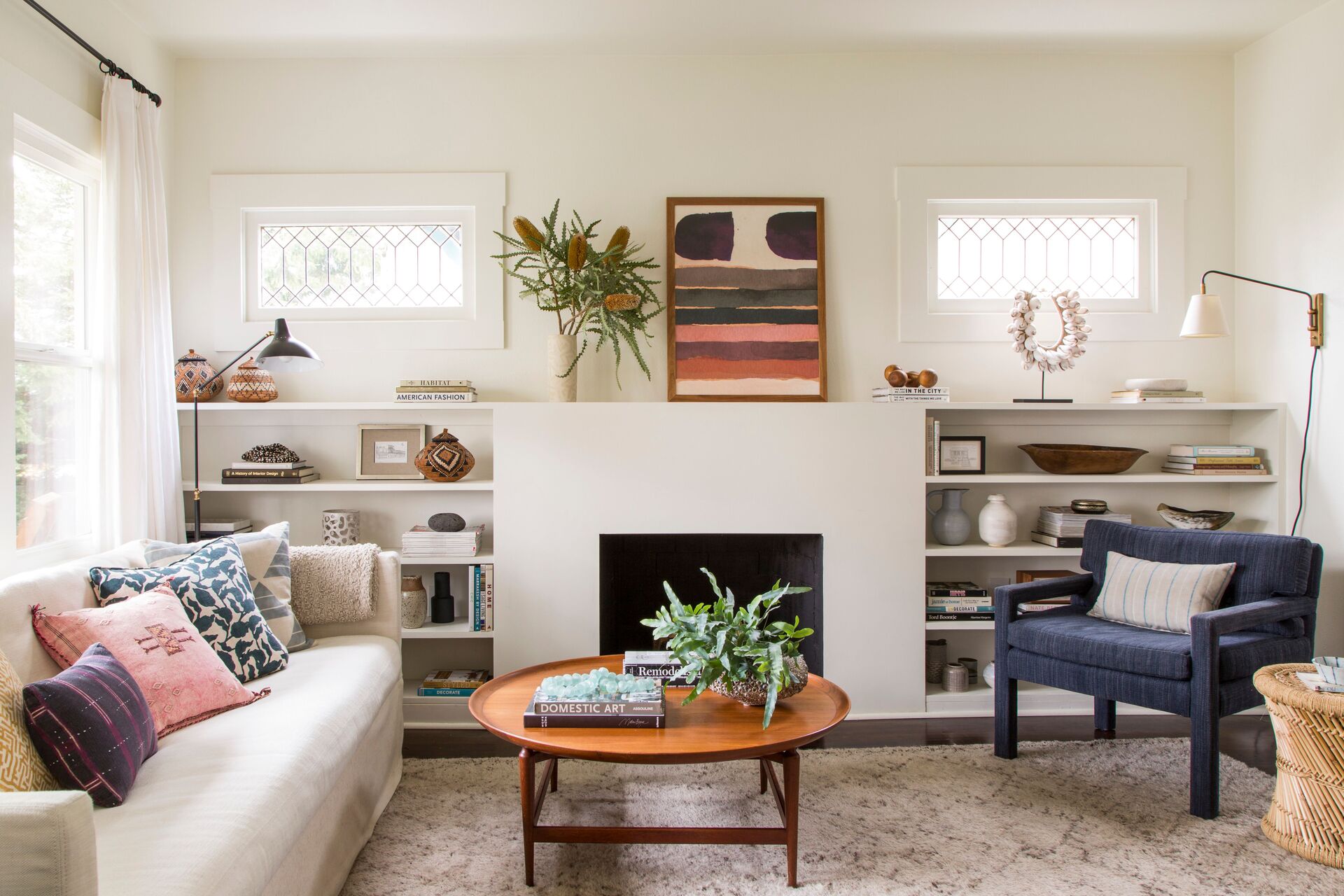
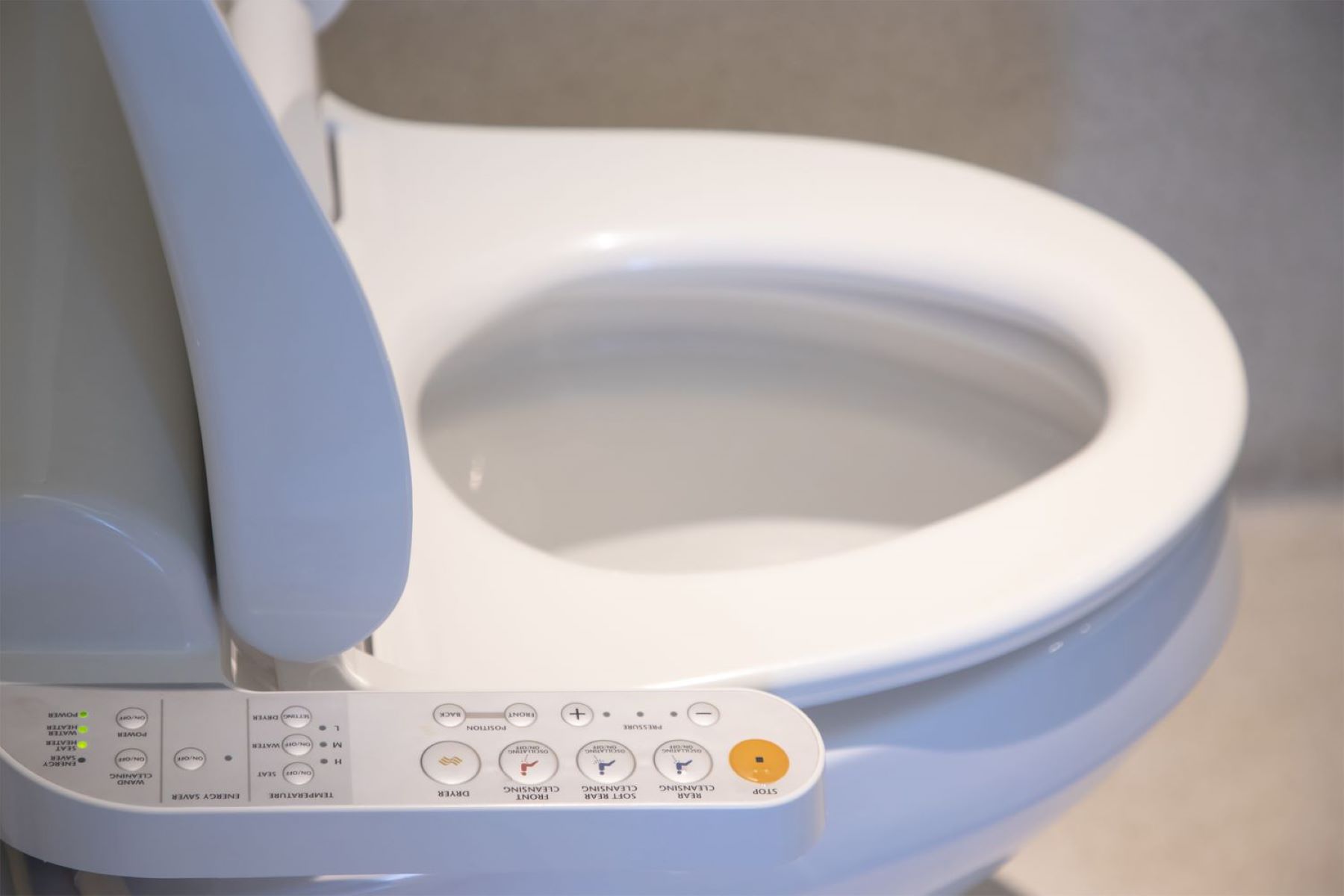
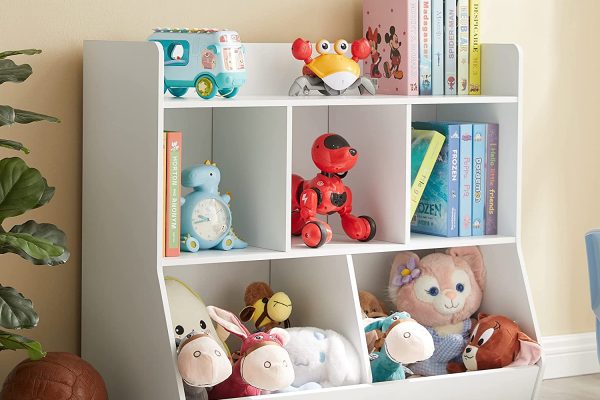
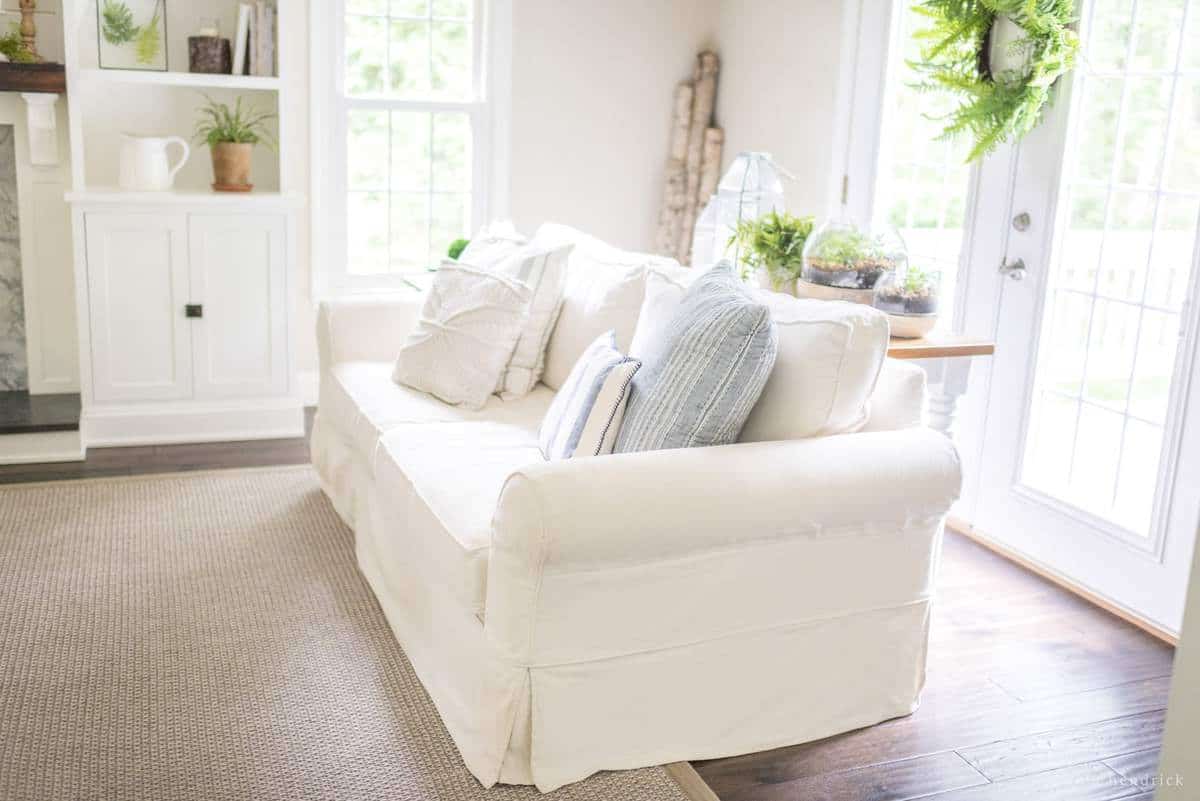
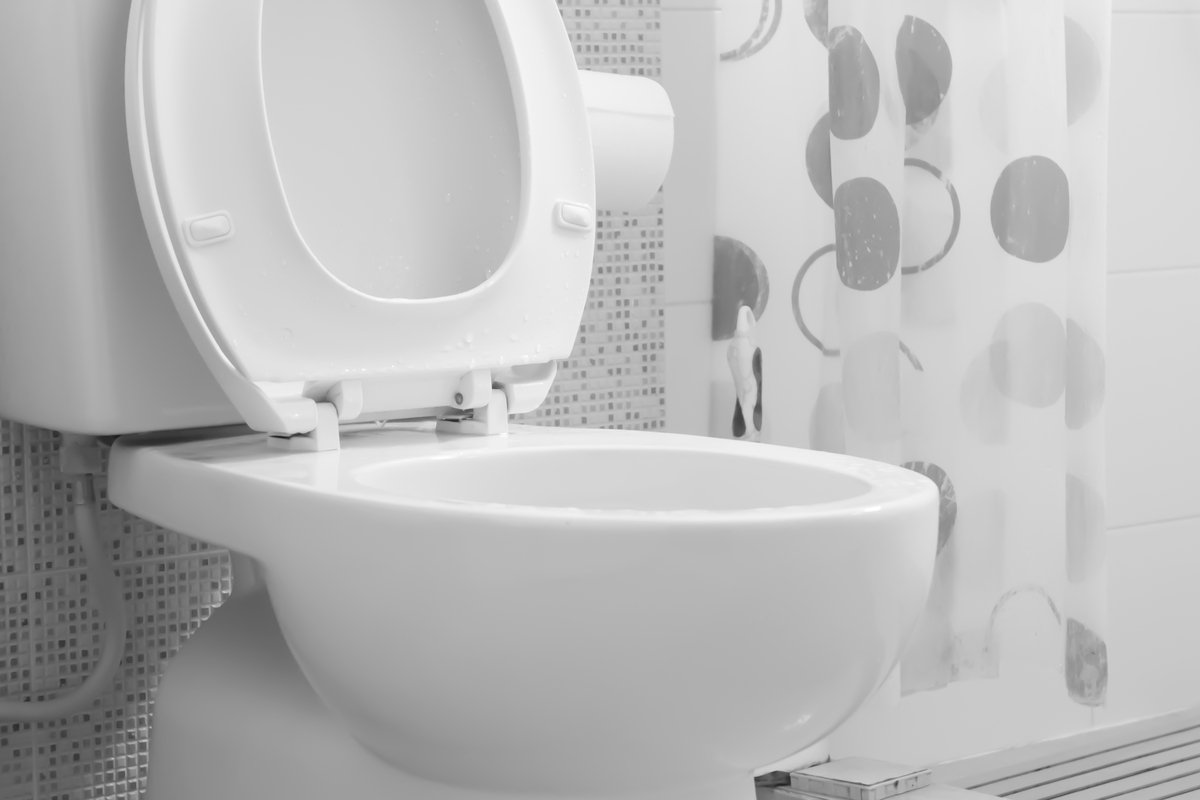
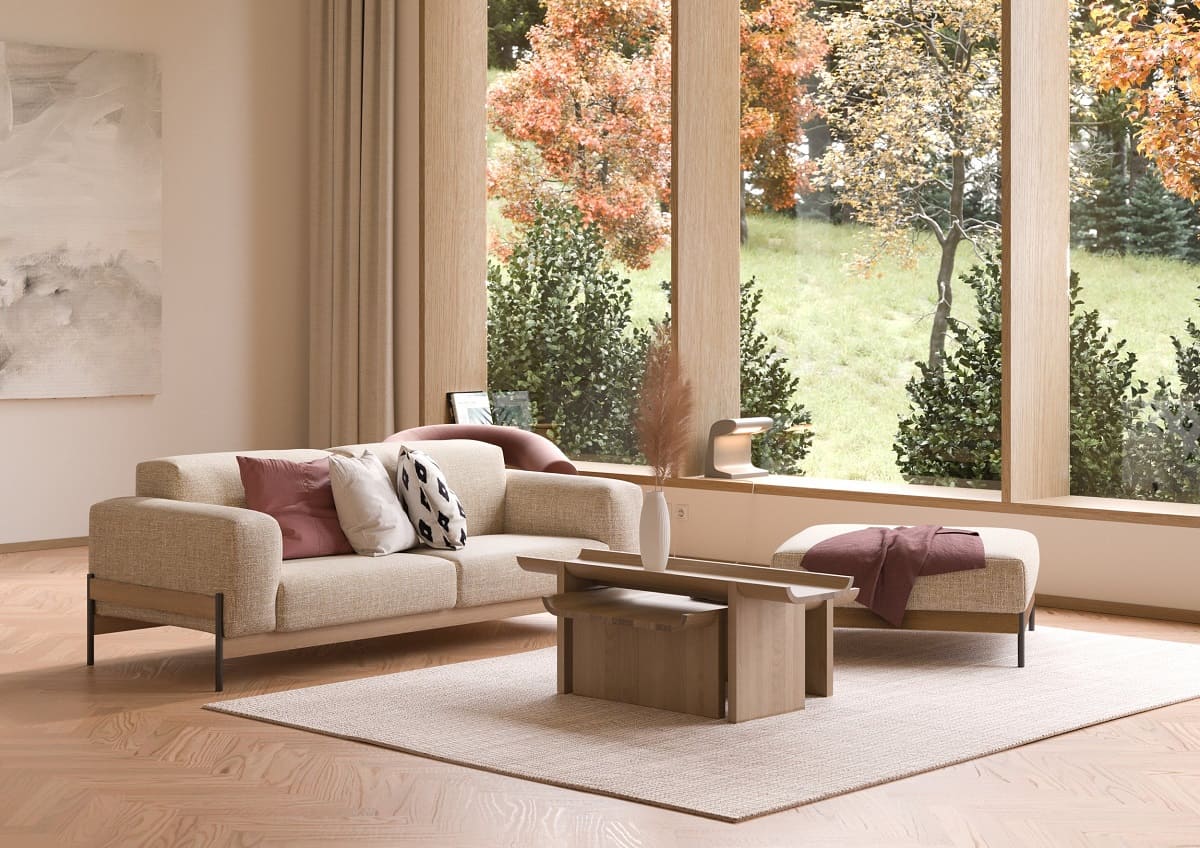
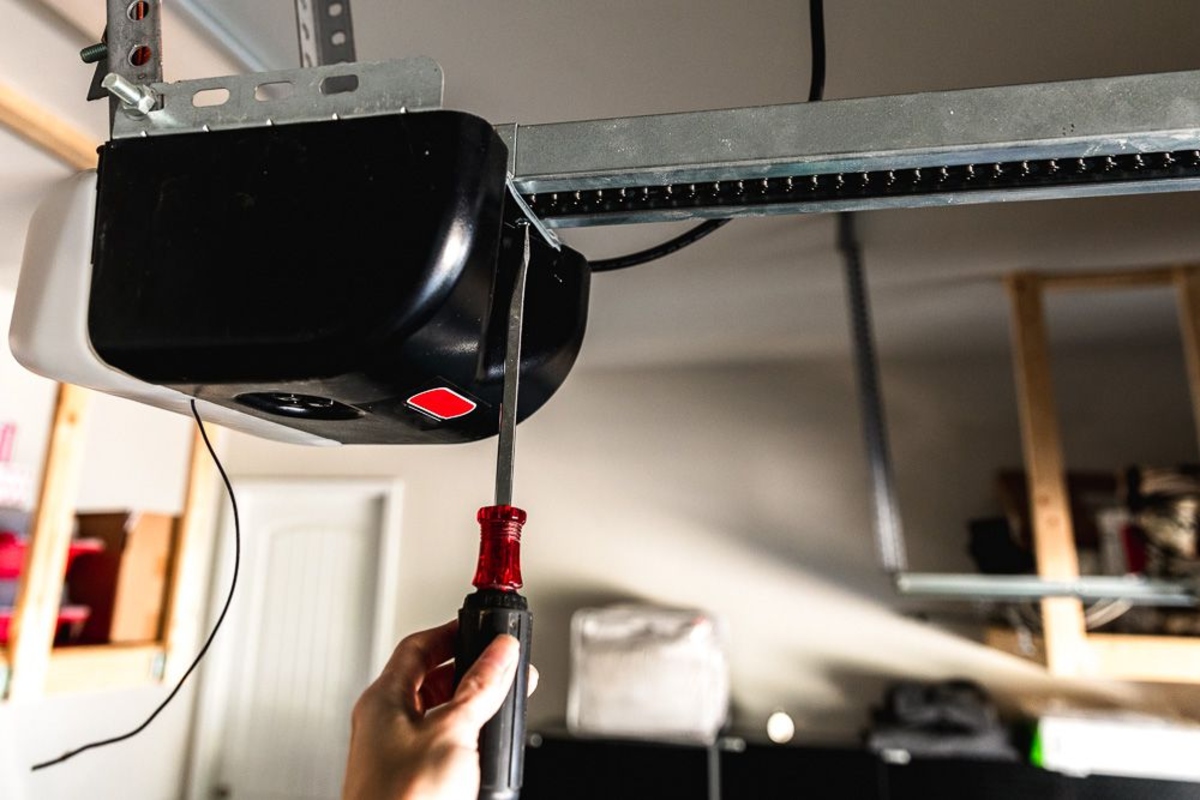
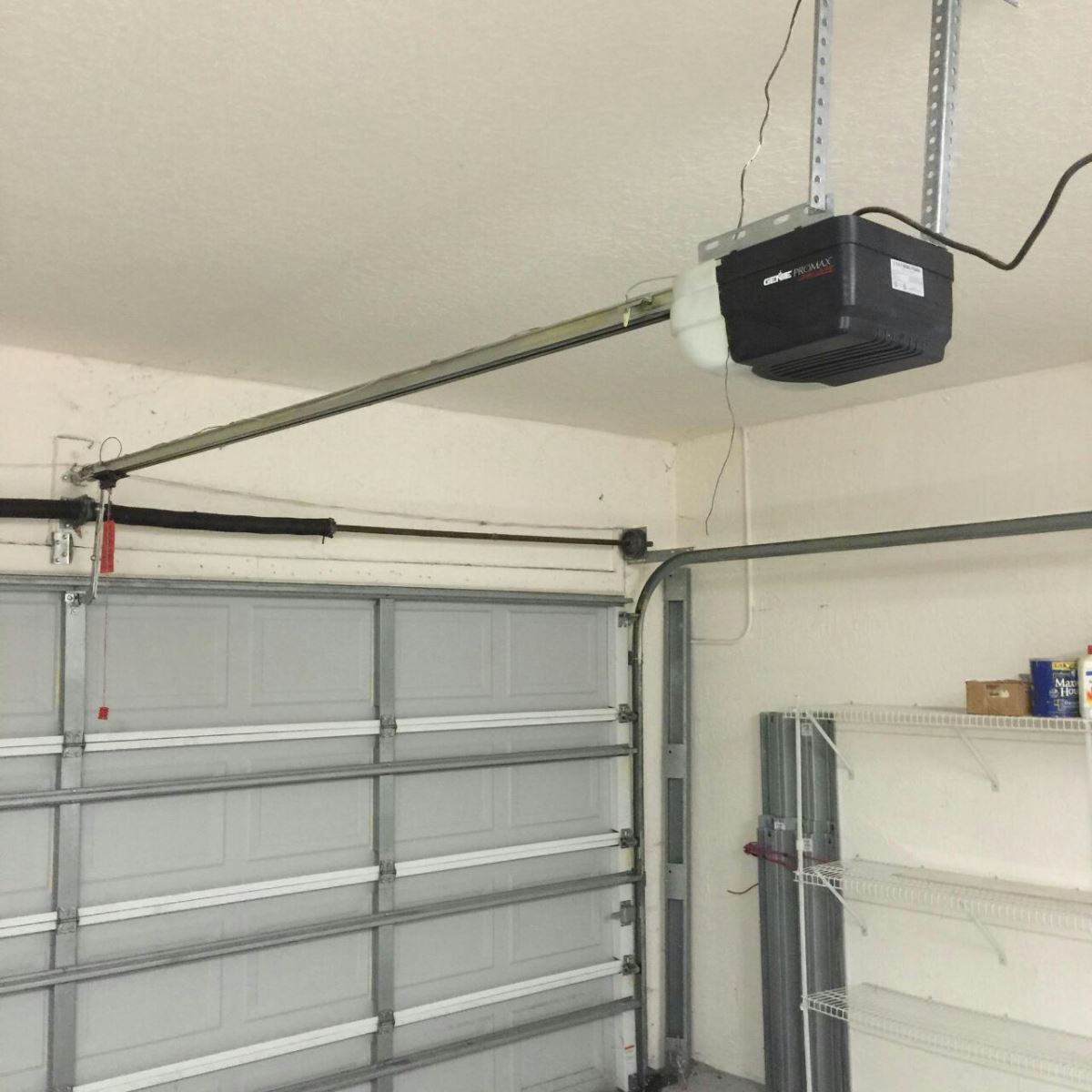
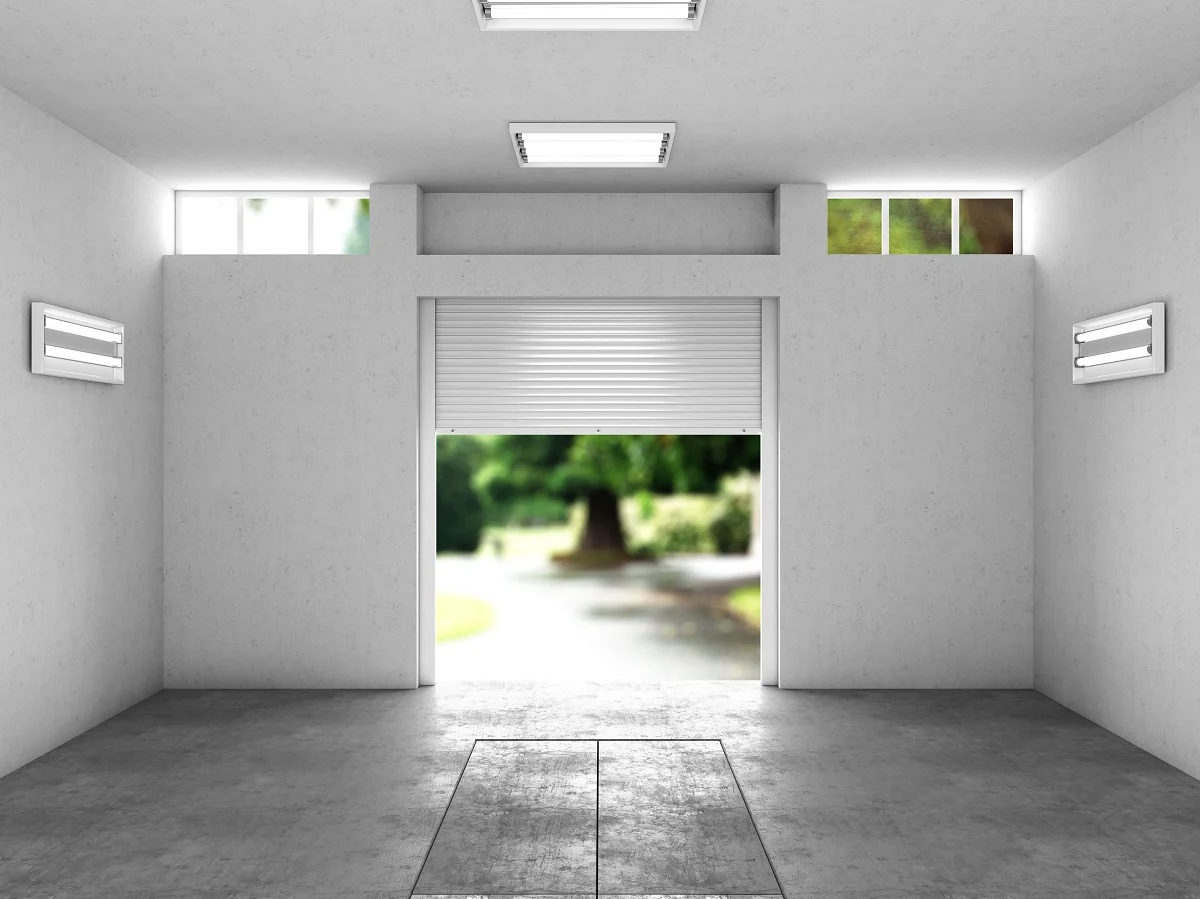
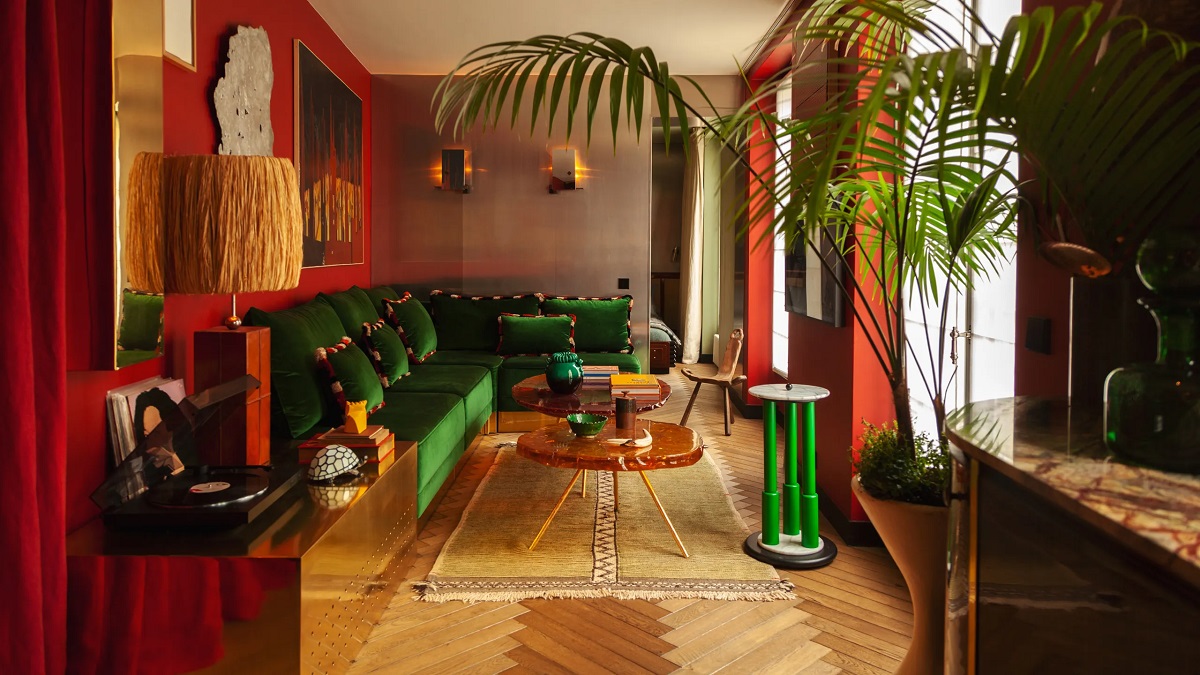
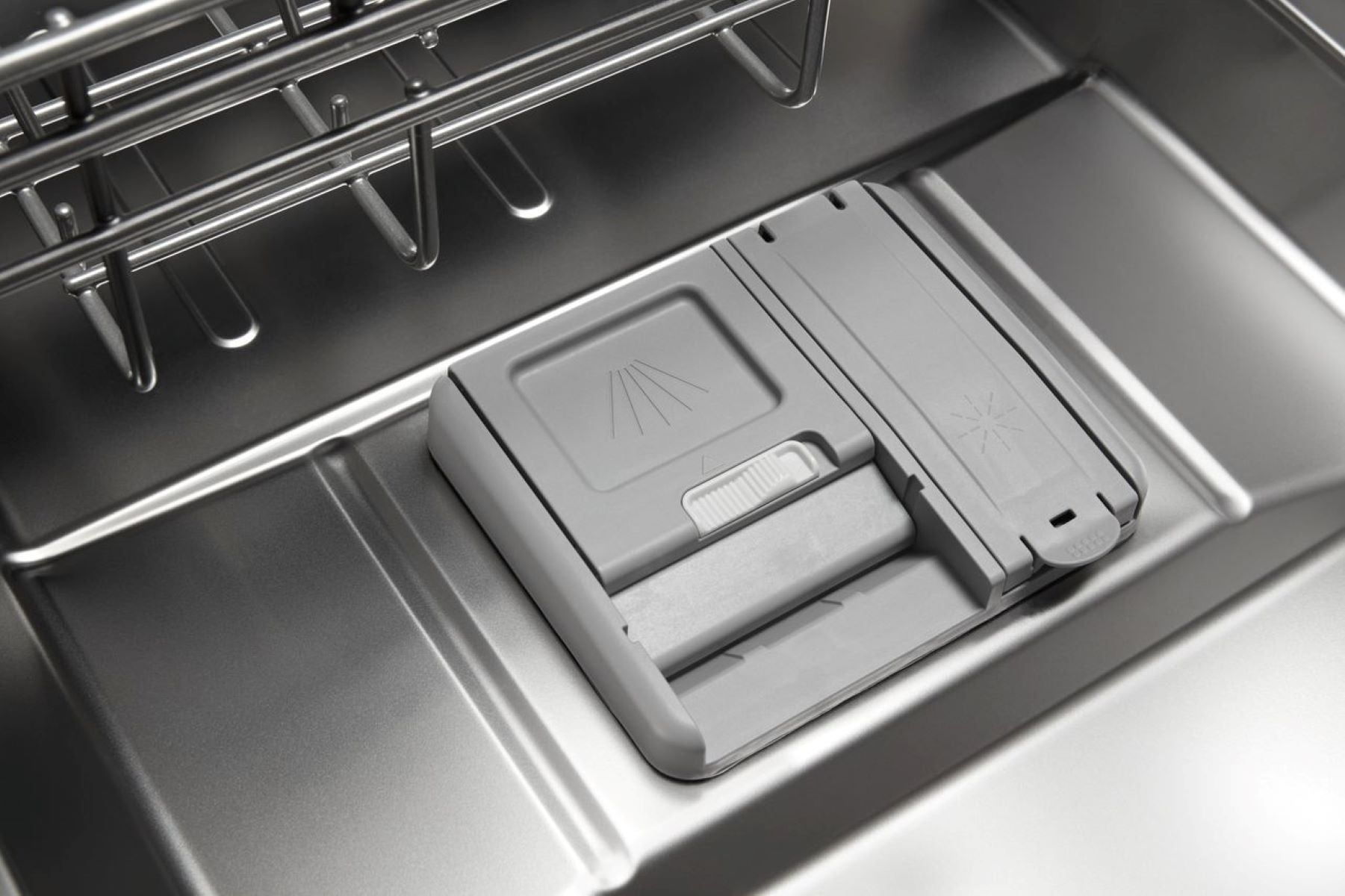



0 thoughts on “The Downsides Of Open Shelving – Why This Trend Is Controversial”